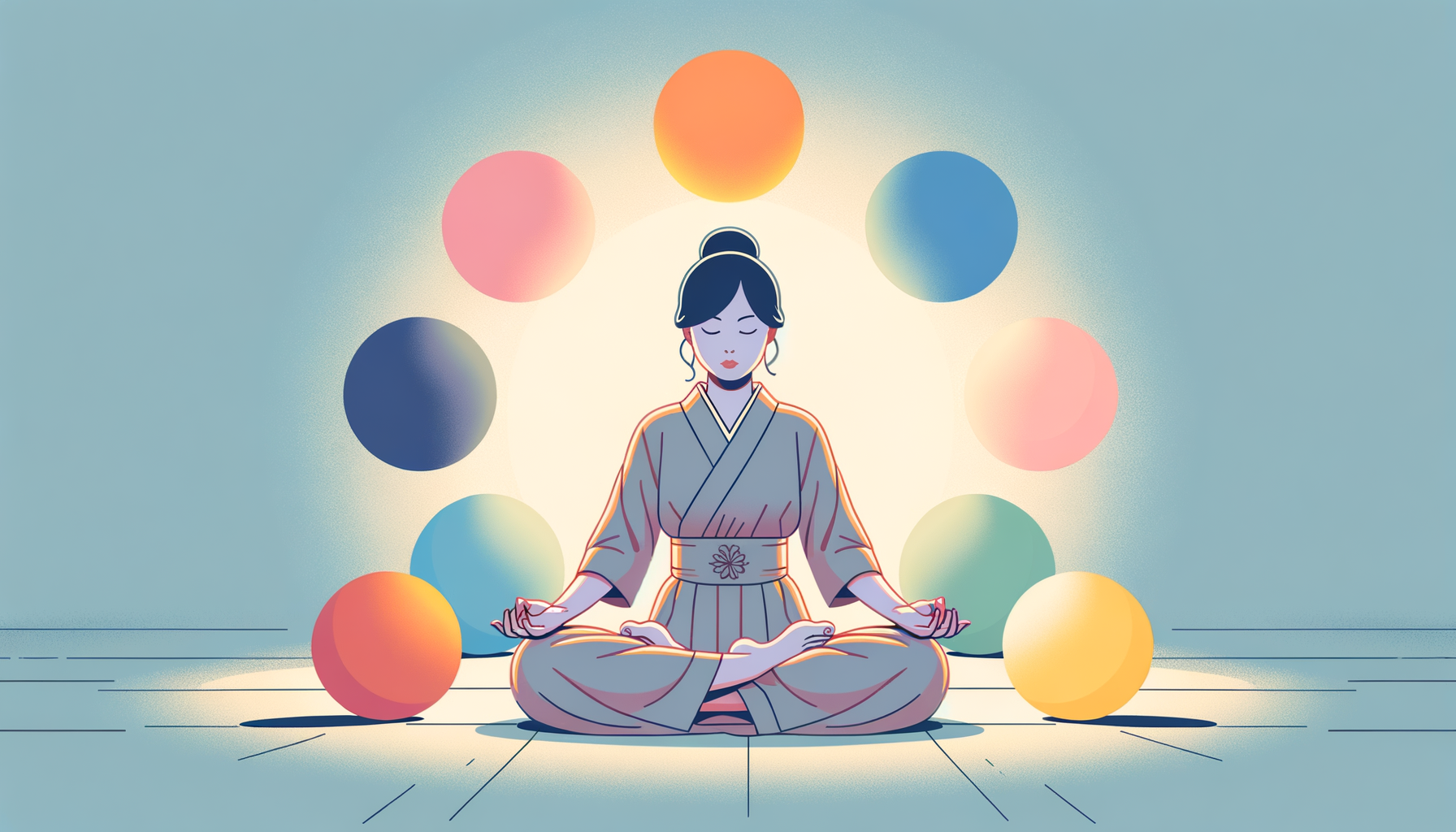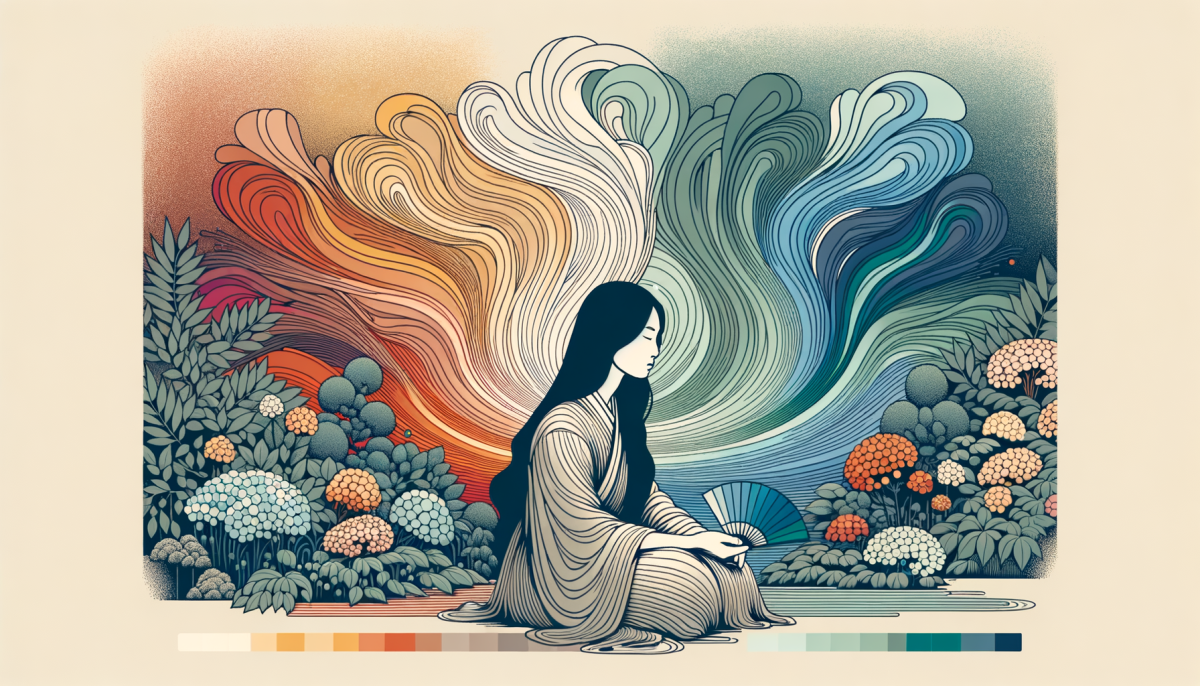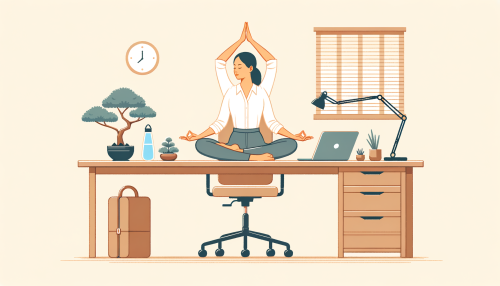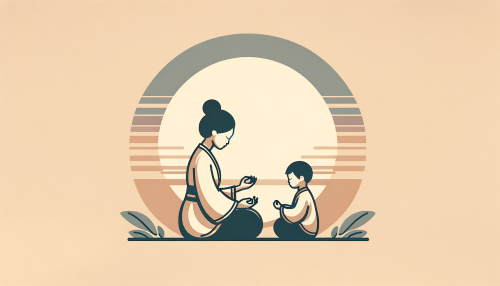Introduction
In the vast expanse of human existence, the quest for emotional equilibrium has been a constant pursuit. The myriad of therapeutic approaches available today bear testament to this relentless search. Among these, color therapy, an unconventional yet intriguing method, has emerged as a potent tool for emotional balance. This article delves into the intricacies of color therapy, its implementation, and its role in achieving emotional stability.
Understanding Color Therapy

Color therapy, also known as chromotherapy, is an age-old practice that harnesses the power of colors to influence our emotions, mood, and overall well-being. The premise of this therapy lies in the belief that colors, being a form of light, carry specific energy frequencies that can impact our mental and emotional states.
Each color in the spectrum possesses a unique wavelength and energy level, which correspond to different emotional responses. For instance, red, with its long wavelength and high energy, is often associated with passion and vitality. On the other hand, blue, with its shorter wavelength and lower energy, is linked to tranquility and calmness.
The science behind color therapy is rooted in the concept of bioenergy. Our bodies, according to this theory, are not just physical entities but also energetic systems. When our energy flow is disrupted, it can lead to emotional imbalances. Color therapy aims to restore this balance by using the appropriate colors to stimulate or calm our energy systems.
Implementing Color Therapy
The implementation of color therapy is as diverse as the colors themselves. It can be as simple as painting your room a certain color, wearing clothes of a specific hue, or even visualizing a particular color during meditation.
One common method is the use of colored lights. This involves bathing a room in a specific color light or focusing a colored beam on a particular part of the body. Another approach is color breathing, where you visualize inhaling a color and letting it fill your body, then exhaling it out.
Color therapy can also be incorporated into other therapeutic practices. For instance, in art therapy, the choice of colors used in a painting can reflect and influence the artist’s emotional state. Similarly, in yoga, different colors are associated with the seven chakras or energy centers in the body, and focusing on these colors during meditation can help balance these energy centers.
Achieving Emotional Balance
The ultimate goal of color therapy is to achieve emotional balance. This involves using colors to stimulate or calm our emotions, depending on our needs. For instance, if you’re feeling anxious, you might benefit from the calming effects of blue or green. On the other hand, if you’re feeling lethargic, the energizing effect of red or orange might be beneficial.
Achieving emotional balance through color therapy is not a one-size-fits-all approach. It requires a deep understanding of your emotional needs and how different colors affect you. It’s also important to remember that color therapy is not a standalone solution but should be used in conjunction with other therapeutic approaches for optimal results.
Conclusion
In conclusion, color therapy offers a unique and holistic approach to achieving emotional balance. By understanding the energy frequencies of different colors and how they interact with our bioenergy systems, we can harness their power to influence our emotional states. Whether it’s through colored lights, color breathing, or integrating color therapy into other practices, the potential of this therapy is as vast and vibrant as the color spectrum itself.





